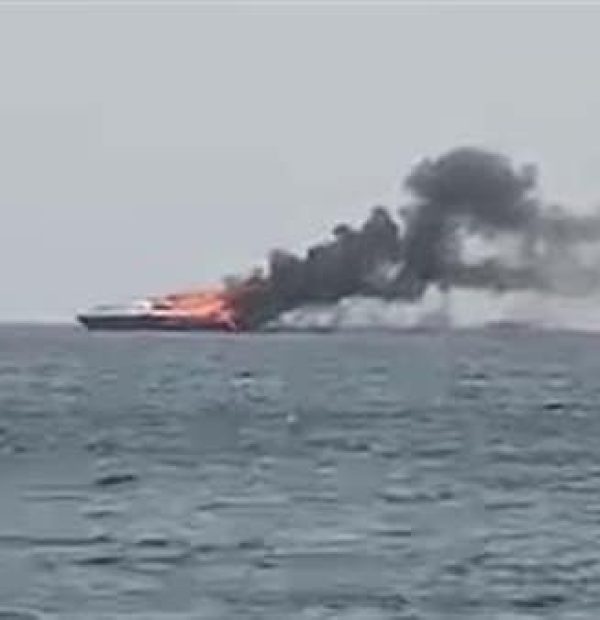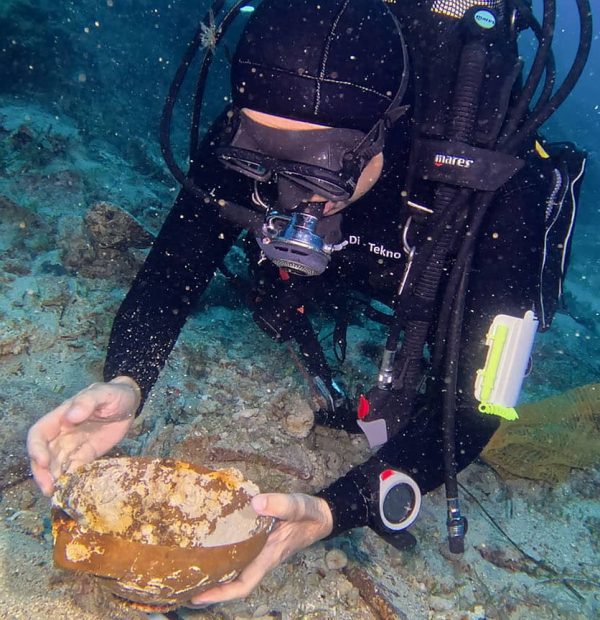Monday, 22 April 2024
Menu

The US Navy has tested the capabilities of the Deep Sea Expeditionary with No Decompression (DSEND) system. It is a hardened but lightweight atmospheric diving suit. The entire suit has rotating, detachable wrists that provide great manoeuvrability and range of movement. The new diving suit is designed to work underwater in extremely demanding conditions. Not only does it protect the user from the pressure, but unlike similar suits already available on the market, it is extremely lightweight and flexible.

“DSEND is truly a game-changer because it’s a self-contained environment that keeps internal pressure steady, as a diver descends to depths with increasing external pressure,” said Dr. Sandra Chapman, a program officer in ONR’s Warfighter Performance Department. “It increases diver safety, allows them to expand the operational envelope and would eliminate lengthy decompression times.”
Although DSEND is made of hard, durable material, it weighs very little and allows the wearer to move, swim and walk submerged without any problems. It is significantly different from the US Navy’s previous atmospheric suits, which were heavy and required a movement support systems.
The suit was sponsored by the Office of Naval Research (ONR) and was made in cooperation with Naval Sea Systems Command (NAVSEA), Naval Undersea Warfare Center (NUWC) and Naval Surface Warfare Center (NSWC) Panama City.
“Because DSEND maintains one consistent pressure atmosphere, the diver is never exposed to the negative physiological effects associated with deep diving, such as decompression sickness, cold and wet exposure,” said Paul McMurtrie, NAVSEA diving systems program manager. “A diver can work for long periods of time in deep water and rapidly return to the surface.”
The new diving suit is also much easier to dress and undress. In addition, it can be personalised to the diver’s needs. The designers have equipped DSEND with joints, grippers and hand attachments made of high-tech materials that are strong, lightweight and reflect the natural movements of human joints. Among other things, this results in less fatigue for the diver.
“DSEND will allow divers to conduct harder missions by going deeper, executing faster and operating longer,” said Tom Hansen, a research engineer at NUWC Division Newport, “all while being protected by a sensorized suit of armor. It feels like we’re developing the futuristic smart armor you see in movies.”
US Navy divers conduct a wide variety of underwater missions. These include rescuing ships and aircraft in the deep oceans, underwater rescue operations, explosive ordnance disposal, ship hull maintenance and recovering sunken equipment. Divers often have to work at significant depths, and the deeper, the greater the danger is. The current alternatives used by the US Navy have their disadvantages, e.g. long hours of decompression, which severely limits the diver’s working time.
DSEND solves many problems. Having an independent life support system, the suit isolates the diver in a stabilised pressure environment and maintains it throughout the dive. The diver can operate at great depths for many hours and ascend without the need for decompression.
During demonstrations in Maryland and Florida, divers working in the DSEND suit performed a number of tasks. These included pulling a mannequin pilot from the wreckage of a sunken aircraft, rigging a piece of wreckage for salvage and traversing makeshift tunnels representing sunken vessels.
Navy officials are hopeful that the suit will undergo further development over the coming year and the next version will be even better. Tests on the deep sea are also planned for the future.










Welcome to DIVERS24.COM, your daily source of scuba news, freediving, scuba diving information, and equipment reviews. Our comprehensive coverage of the dive industry from A to Z provides you with all the latest scuba news, training updates, underwater photography tips, and everything else related to scuba diving. Whether you’re a beginner or an experienced diver looking for more knowledge about scuba gear or techniques – we’ve got it covered! With our in-depth articles written by experienced divers who have been there and done that, you are sure to find exactly what you need here at Divers24.com. Dive into scuba news today!
Underwater Media Sp. z o.o.
Szafarnia 11/F8,
80-755 Gdansk, Poland
Welcome to DIVERS24.COM, your daily source of scuba news, freediving, and scuba diving information. Sign in for a weekly news update and discount coupons for dive gear and apparel.
@2023 - underwatermedia.pl. All Right Reserved. Designed and Developed by Tworzenie stron internetowych Gdansk

The Divers24 portal is currently the largest online medium treating diving in Poland. Since 2010 we have been providing interesting and important information from Poland and around the world on all forms of diving and related activities.
Contact us: info@divers24.com